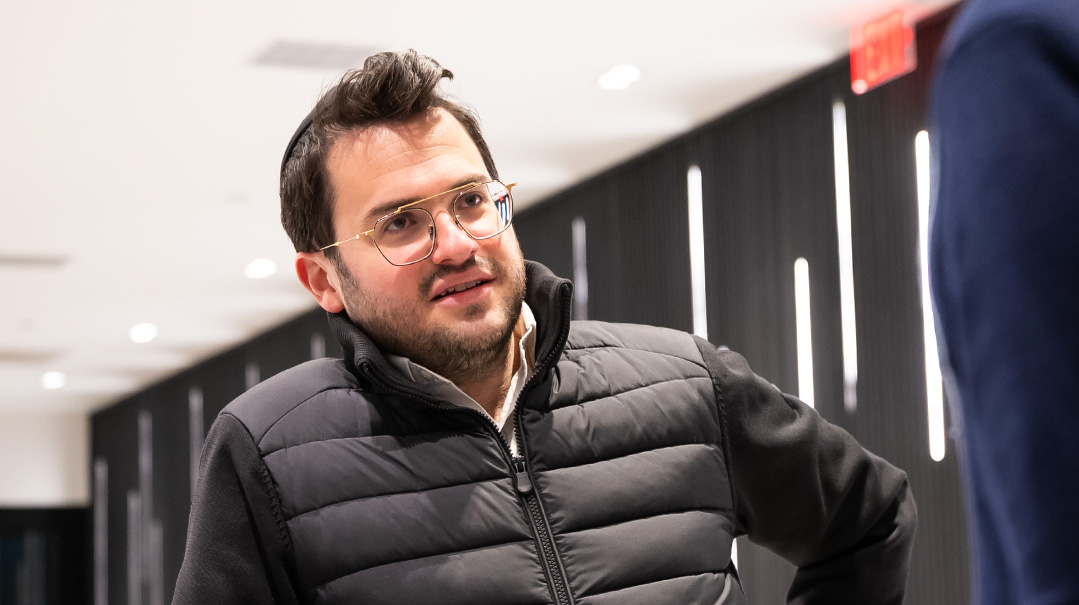Giant Unknown for Mankind

TAG founder and director, Rabbi Nechemiah Gottlieb, decodes the dangers of artificial intelligence and ChatGPT

ON April 30, 1993, a computer program named the World Wide Web was introduced to the public. It was an unfamiliar system and difficult to navigate; some found it useful for sharing information, but most viewed it as largely irrelevant.
That was three decades ago.
Today, that obscure technology has embedded itself into the very fabric of society.
It became progressively more sophisticated with jolts of innovation over the years. There was social media and tablets and smartphones, and then we reached a point where nothing could surprise us. The magical capabilities at our finger’s beck and call had reached their maximum — there could be little room for advancement.
Or so we thought.
We were wrong.
On November 30, 2022, a computer program called ChatGPT was introduced to the public. This time, its relevance and functionality were immediately perceivable; the instantaneous genius was astonishing.
But as amateurs and professionals alike delight in discovering ChatGPT’s capabilities, can it be that we are blindly wading into quicksand? Are we comprehending the magnitude of this latest development?
As the founder and director of the Technology Awareness Group (TAG), Rabbi Nechemiah Gottlieb has been at the forefront of the effort to guard our community from the dangers the Internet presents, and has guided thousands in navigating the challenges it poses.
From his unique vantage point, Rabbi Gottlieb regards the new developments with a healthy dose of caution, sharing what he knows. and especially what he doesn’t know, about ChatGPT.
ChatGPT is driven by artificial intelligence (AI). How do you define AI and what are its practical applications in the world today?
There are multiple definitions for AI, but in layman’s terms, it’s “the computer’s ability to teach itself things that we didn’t teach it.”
Until now, a computer’s output was limited to applying specific rules programed into it by a human being. It could not analyze things on its own. AI refers to types of programs that give the computer a way to learn things by itself and thus arrive at conclusions that are not directly derived from a specific set of instructions.
A common misconception is that AI is Internet based. This isn’t true. AI, on a basic level, has been used for over 50 years. It’s used to calculate payrolls, insurance rates, and credit scores.
What it does, simply put, is process the requested information while comparing it with millions of other similar pieces of information. Using that comparison, it can arrive at a conclusion with unparalleled accuracy. This is a function of AI that we’ve long been accustomed to.
Over the years, tech companies have been developing AI’s capabilities, advancing its capacity to think creatively. In 2016, the Google-created AlphaGo played a game of Go (an ancient Chinese strategy board game) against champion Lee Sedol and defeated him with a move that observers described as “human.” The move could not possibly have been the result of preprogramming; rather, it was a creative response. That’s what AI programming does: It enables the computer to express an element of creativity.
Oops! We could not locate your form.







